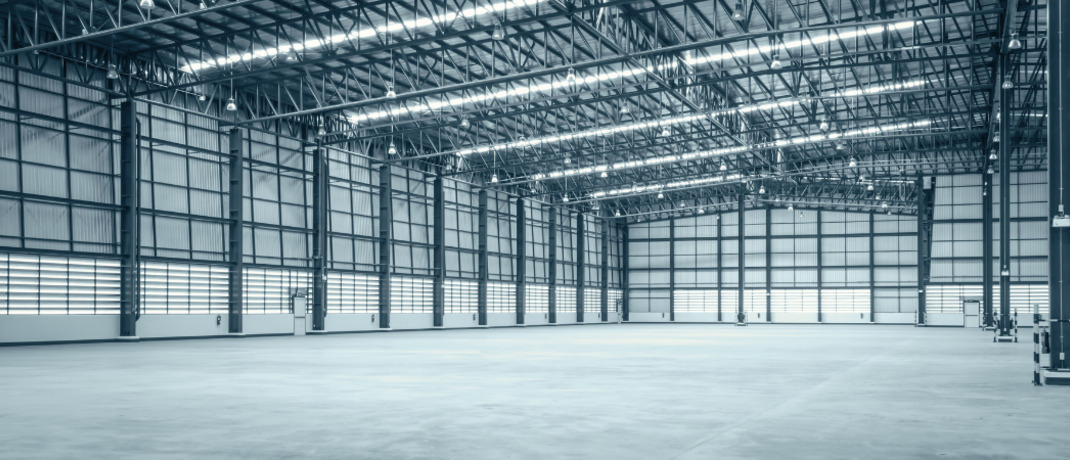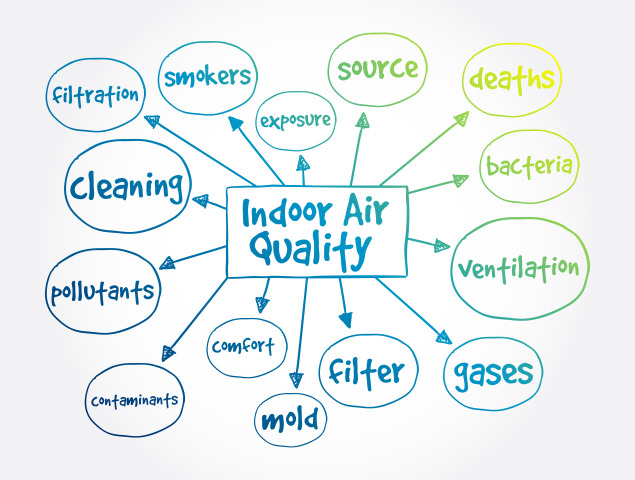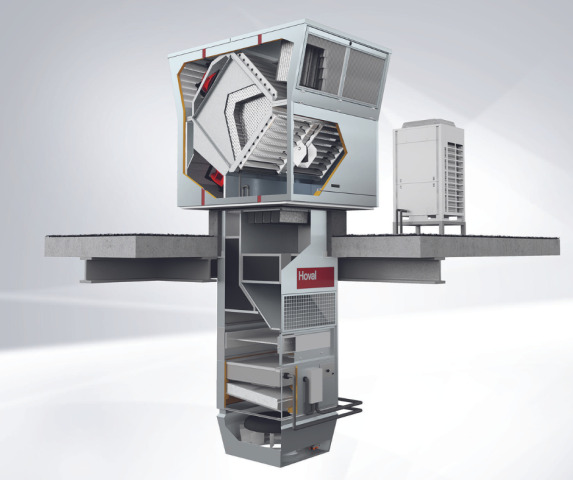Maintaining good indoor air quality for health and productivity

Maintaining good indoor air quality for health and productivity
To say it’s essential to maintain good indoor air quality (IAQ) in workplaces is clearly stating the obvious. Good IAQ is essential for the health and comfort of occupants and effective ventilation has been shown to reduce transmission of pathogens.
- Blog
- Product
 There are also many situations where IAQ is important in ensuring stability of stored goods and components, and the operation of machinery. High humidity resulting from insufficient ventilation, for example, can have a negative impact on health, damage materials and machines and lead to condensation that creates slip hazards.
There are also many situations where IAQ is important in ensuring stability of stored goods and components, and the operation of machinery. High humidity resulting from insufficient ventilation, for example, can have a negative impact on health, damage materials and machines and lead to condensation that creates slip hazards.
This is a particularly challenging situation for larger buildings with high roofs, typically used in factories, warehouses and some retail units and event spaces. And while these buildings may share a similar style, in terms of height, the activities inside will vary considerably so the ventilation requirements will vary too. Plus, of course, such buildings often change in use over a period of time.
Some years ago, these types of building were sufficiently ‘leaky’ that natural ventilation through the gaps in the building structure was sufficient for all but the most demanding environment. Now, as building insulation has improved to conserve energy, more precise control is required to ensure acceptable IAQ – ideally whilst optimising energy efficiency.
 All of which demands a flexible approach when designing ventilation systems, and decentralised systems, as opposed to the traditional air handling units and ductwork arrangement, are proving particularly versatile. For example, each unit can be configured differently to suit the activities in the space it serves. Moreover, they can be very easily reconfigured if the use of the space changes in the future.
All of which demands a flexible approach when designing ventilation systems, and decentralised systems, as opposed to the traditional air handling units and ductwork arrangement, are proving particularly versatile. For example, each unit can be configured differently to suit the activities in the space it serves. Moreover, they can be very easily reconfigured if the use of the space changes in the future.
From an energy efficiency point of view, the rate of ventilation can be aligned to the air quality requirements in the space through demand-controlled ventilation. This uses sensors to monitor air quality parameters such as carbon dioxide or humidity and adjust ventilation rates to suit. In this way there is no energy wastage from over-ventilating an unoccupied space.
Island solutions
Given all of these considerations there are clear benefits to adopting an ‘island solution’, whereby each zone within the space is served by a single ventilation unit that can be controlled independently of other units in other zones. This addresses different activities, variable occupancy patterns and changes in usage. The island solution also avoids contamination of one zone by another, which can be an issue with central plant serving ductwork distribution systems. For large installations this also facilitates phased investment to spread the capital costs.
Hoval offers a wide range of indoor climate systems for these applications.
 Austria
Austria
 Belgium
Belgium
 Bulgaria
Bulgaria
 Croatia
Croatia
 Czech Republic
Czech Republic
 France
France
 Germany
Germany
 Hungary
Hungary
 Italy
Italy
 Liechtenstein
Liechtenstein
 Luxembourg
Luxembourg
 Poland
Poland
 Romania
Romania
 Russia
Russia
 Slovakia
Slovakia
 Switzerland
Switzerland
 United Kingdom
United Kingdom
 China
China
 Corporate Website
Corporate Website
 Energy recovery
Energy recovery